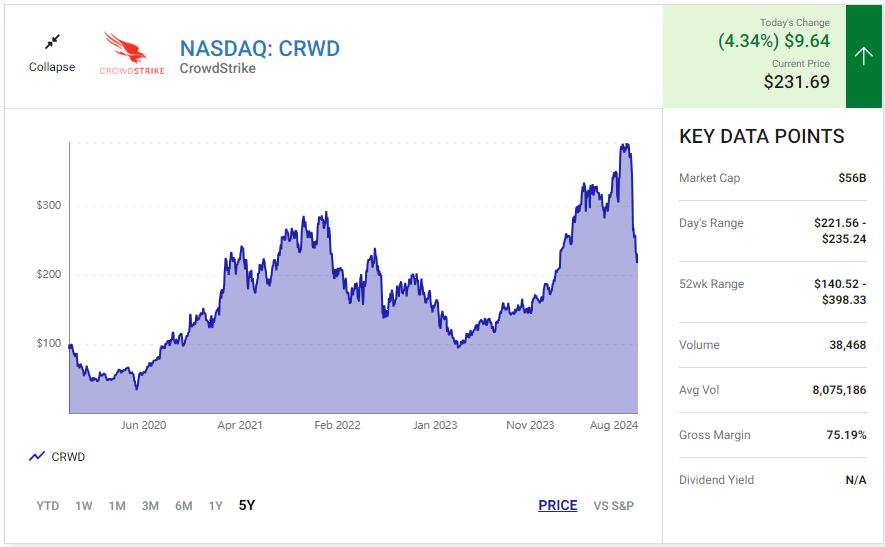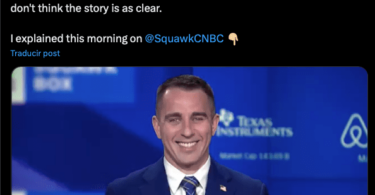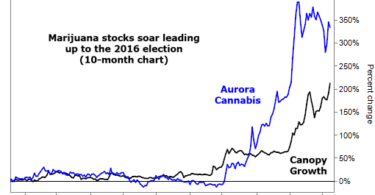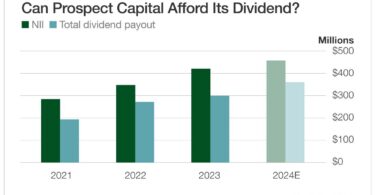By Sean Williams, The Motley Fool,Trades Of The Day, 2024-08-08
Volatility is back in full force on Wall Street. While there's always some degree of volatility inherent in the stock market, the CBOE Volatility Index, which measures expected volatility in options contracts for the benchmark S&P 500, jumped to its highest level since the COVID-19 crash in the first quarter of 2020.
Although all three major stock indexes have taken it on the chin in recent days, the growth-fueled Nasdaq Composite (^IXIC) has been hit the hardest. While Monday's 3.43% decline doesn't come close to registering among the 20 largest percentage drops of all-time, the 576-point sell-off was the eighth-largest nominal-point drop in the Nasdaq's storied history.
Over a three-day stretch (Aug. 1-Aug. 5), the Nasdaq Composite has plunged 1,399.32 points and lost roughly 8% of its value. While there's plenty of reason to believe this correction in the Nasdaq could turn into a full-blown bear market — e.g., the first notable decline in U.S. M2 money supply since the Great Depression portends trouble and stocks are at one of their priciest valuations in history — there are also amazing deals to be had for patient investors with cash at the ready.
In particular, three no-brainer hypergrowth stocks stand out right now as phenomenal buys amid this historic Nasdaq sell-off.
CrowdStrike Holdings
The first high-octane growth stock that makes for a genius buy if you have a multiyear investing horizon is premier cybersecurity stock CrowdStrike Holdings (CRWD).
Shares of CrowdStrike have been reeling since July 19, which is the date it rolled out a faulty update for its Falcon Security platform. End users from a variety of industries running the Windows operating system and using CrowdStrike's cybersecurity solutions faced, in some instances, extended down times.
Although snafus with cybersecurity companies are never a good thing, they usually aren't game changers. CrowdStrike's error was entirely self-inflicted and had nothing to do with a cyberattack, which means its Falcon platform retains its status as a superior protection service.
Falcon is an artificial intelligence (AI)- and machine learning-fueled cybersecurity platform that oversees trillions of events each week. Every event, no matter how menial, adds to its collective database and helps the platform become smarter and more efficient at recognizing and responding to potential end-user threats. The simple fact that CrowdStrike's gross retention rate is hovering around 98%, despite being nowhere near the cheapest cybersecurity option, decisively shows that businesses will pay a premium for superior protection.
In addition to staying loyal to CrowdStrike, the company's clients have demonstrated a willingness to expand the services they rely on. As of the end of April, 65% of its customers had purchased five or more of the company's cloud-module subscriptions. These add-on sales have increased CrowdStrike's adjusted subscription gross margin to around 80%.
Considering just how quickly CrowdStrike's addressable market is expanding, as well as how successful Falcon has been protecting against cybersecurity attacks, the company's 20%-plus annualized earnings growth rate makes it a rock-solid buy for opportunistic long-term investors.
Lululemon Athletica
A second no-brainer stock that makes for a magnificent buy amid the Nasdaq sell-off is athleisure retail chain Lululemon Athletica (LULU).
Lululemon is contending with two key challenges. First, the athletic leisure clothing and accessories industry is highly competitive on both ends of the price spectrum. Like any retailer, Lululemon runs the risk of having its products fall out of favor, or seeing new designs miss their mark.
There's also the concern that the U.S. and/or global economy could be headed into a recession. Retailers often struggle during periods of economic contraction as consumers become less willing to part with their disposable income.
On the other hand, recessions are historically short-lived. Out of the 12 U.S. recessions since the end of World War II, nine have resolved in less than a year. This bodes well for cyclical businesses like Lululemon Athletica.
More importantly, Lululemon has shown that it has the tools and intangibles necessary to outpace its competition on the growth front. For instance, a little over half of the company's net sales can be traced to e-commerce. An omnichannel presence that emphasizes direct-to-consumer sales lowers overhead expenses and typically improves supply chain efficiency.
Furthermore, Lululemon is only just scratching the surface with its international expansion. Although domestic competition has picked up, international comparable sales skyrocketed 29% on a constant-currency basis for the quarter ended April 28. The ability to push into international markets and drive traffic to both its e-commerce site and more than 700 brick-and-mortar stores, should allow Lululemon to sustain a low double-digit sales and earnings growth rate over the next five years (if not beyond).
The third no-brainer hypergrowth stock that makes perfect sense to buy right now during the Nasdaq sell-off is social media up-and-comer Pinterest (PINS).
Over the trailing-two-weeks, as of the time of this writing, Pinterest's stock has shed approximately 30% of its value. The Nasdaq sell-off, along with the company offering third-quarter sales guidance that was slightly below the consensus of analysts, have sent shares to a nine-month low. While it's impossible to precisely predict when and where the Pinterest bottom might be, there's a high probability of its stock being considerably higher five years from now.
The first thing to note about Pinterest is that its monthly active user (MAU) count continues to climb to record levels. The company's MAUs were artificially inflated during the early stages of the COVID-19 pandemic, and deflated when vaccines became available. But if you pan out and examine MAU growth over five or more years, you'll note a steady uptrend. Pinterest closed out June with a hearty 522 million MAUs.
The beauty of having more than a half-billion MAUs is that advertisers are more willing to pay a premium to get their message(s) in front of users. Since many of Pinterest's users tend to be motivated shoppers, it affords Pinterest excellent ad-pricing power.
As I've pointed out in the past, Pinterest's simplistic operating model is shielding it from the competitive pressures posed by app developers and data-tracking tools. Whereas most social media companies lean heavily on data-tracking to help advertisers target users — app developers now allow users to disable data-tracking software — Pinterest's entire operating model is based on its MAUs freely and willingly sharing the things, places, and services that interest them. This free but invaluable information can be used to target users and boost Pinterest's ad revenue.
With a mammoth international growth opportunity in its sails, Pinterest is expected to grow its earnings per share by an annual average of 27% through 2028.
— Sean Williams
Source: The Motley Fool
The post 3 Hypergrowth Stocks to Buy Right Now to Take Advantage of This Sell-Off appeared first on Trades Of The Day.








